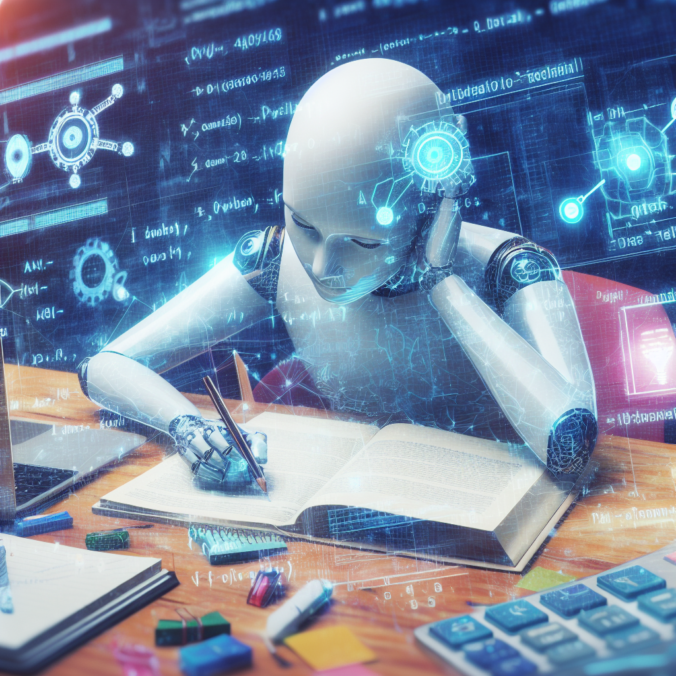Last week, we talked about AI in schools. In my reflection, I talked a little bit about AI and the concerns that we have as educators about how to evaluate our students’ work. I want to touch on that and what I said there and then elaborate on it a little bit here to kind of look at strategies that we can use as educators to try and 8 plagiarisms through AI and ways that we can still get our students to think critically instead of turning just to AI to write their assignments for them.
If you wish to read what I said in this instance follow this link.
One of the things I said in my reflection was that I think we need to start looking at new ways to assess our students and start thinking about how to integrate AI into our assignments rather than continue doing what we’ve always done and just hoping for the best. However, I think it’s also incredibly important that we’re still allowing our students to critically engage with the material and synthesize things for themselves rather than simply looking to ChatGPT to give them all the answers that they need. If students are not able, especially in social studies or English classes (my teachable subjects, so I have a bias), to think critically and engage with the material themselves, they risk running into issues of plagiarism with AI, where they are no longer engaging with the material themselves but rather finding ways around engagement through ChatGPT. Personally, I think one of the best ways to make sure that students are still thinking critically and engaging with the material is to try and focus assignments on the material that the AI may not know. For example, I might reference things that specifically happened in class or ask students to reference material or topics that were discussed in class, which may not include things that AI has knowledge of, such as what is happening in the lives of students or current political events that the AI is not yet aware of. I may also ask them to include personal details that are unique to them or ask them to reflect on their assignments or on the material that we’re talking about in class.
What this does, first and foremost is that it helps my students to actually think about the material that we talked about in class to hopefully help them develop into strong critical thinkers later in life. It also helps me to know that they’re doing their work themselves and not relying on AI to give them their answers.

While some students may still find a way around this and use ChatGPT anyway, I think that this still requires them to be engaged in the material because they will have to give the AI more specific prompts and, depending on how the AI responds, can indicate to me as a teacher if they’ve understood the material enough to explain it to and AI processor to write them their assignment. I think by adding these very specific and personal touches to assignments based on the events going on within a classroom, or within the lives of students themselves, it’s taking the power away from AI services to just spew out knowledge that it got from the Internet, and puts it into the students hands allowing them to critically reflect on material and gain deeper understandings of the material.

Leave a Reply
You must be logged in to post a comment.